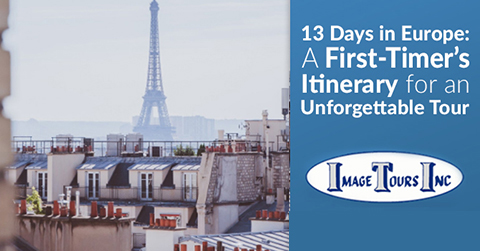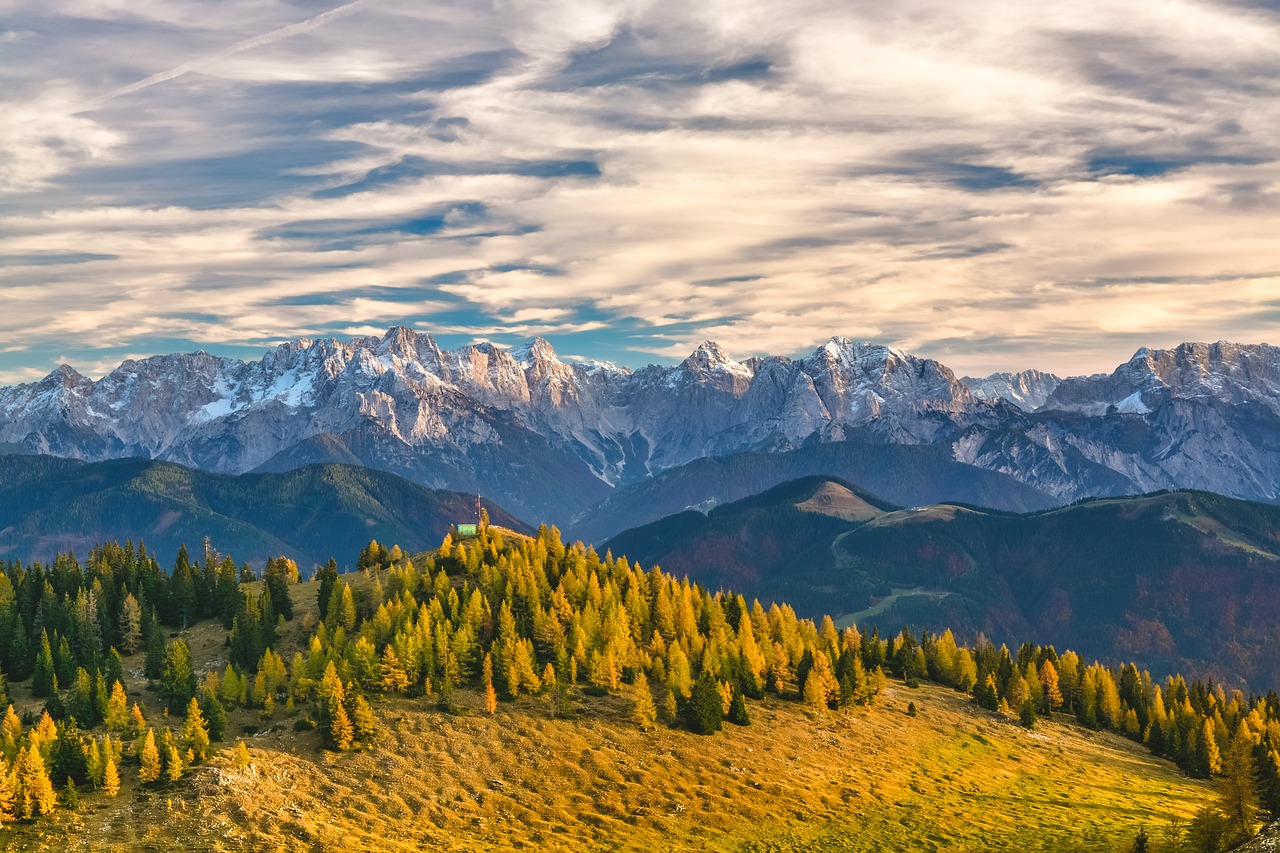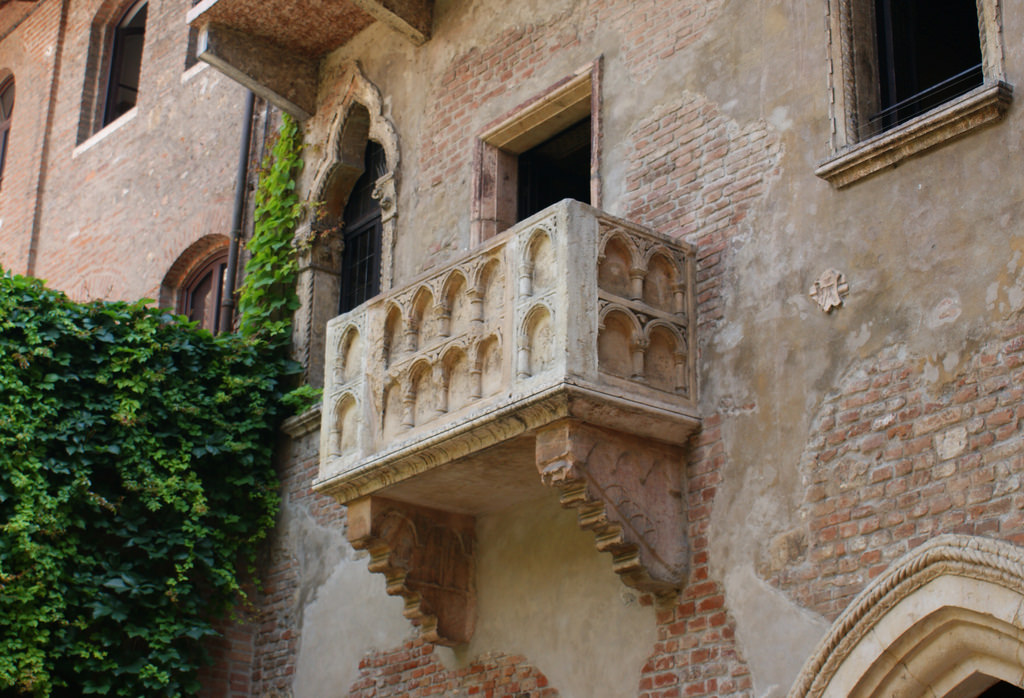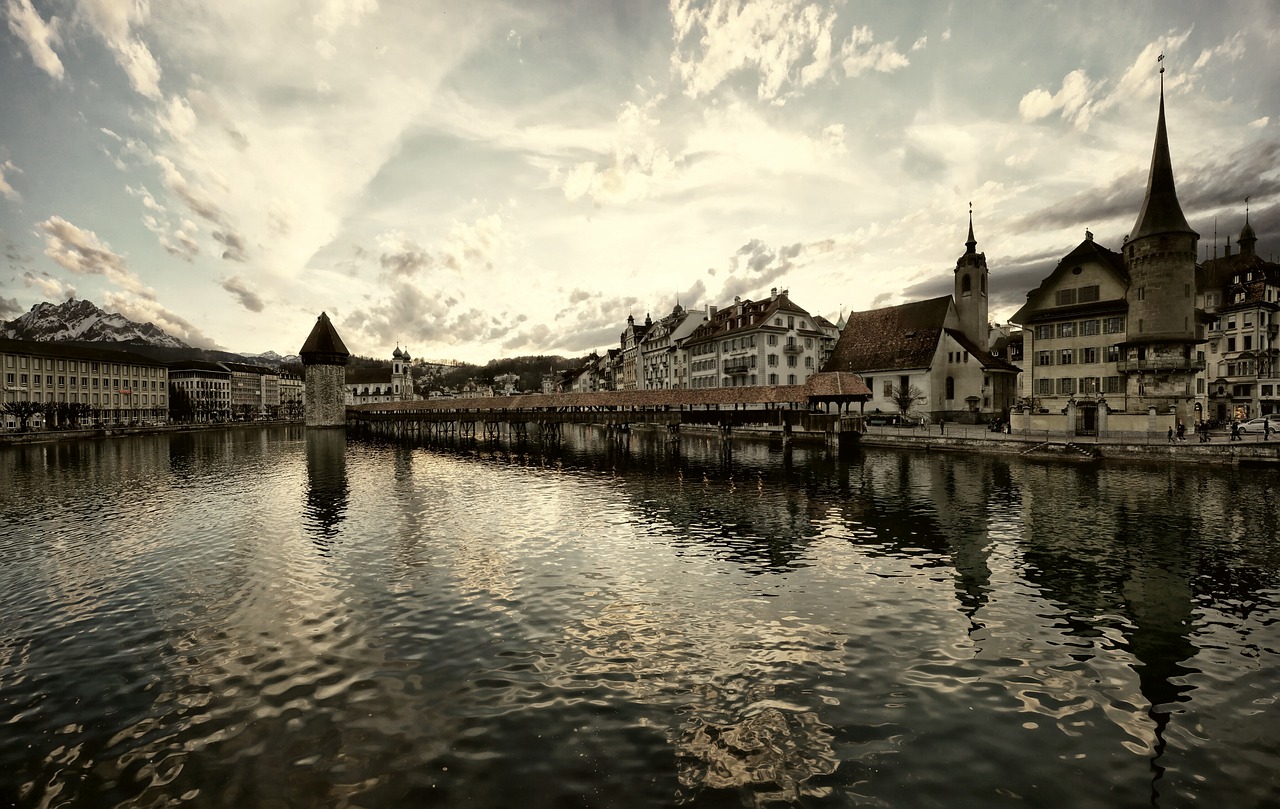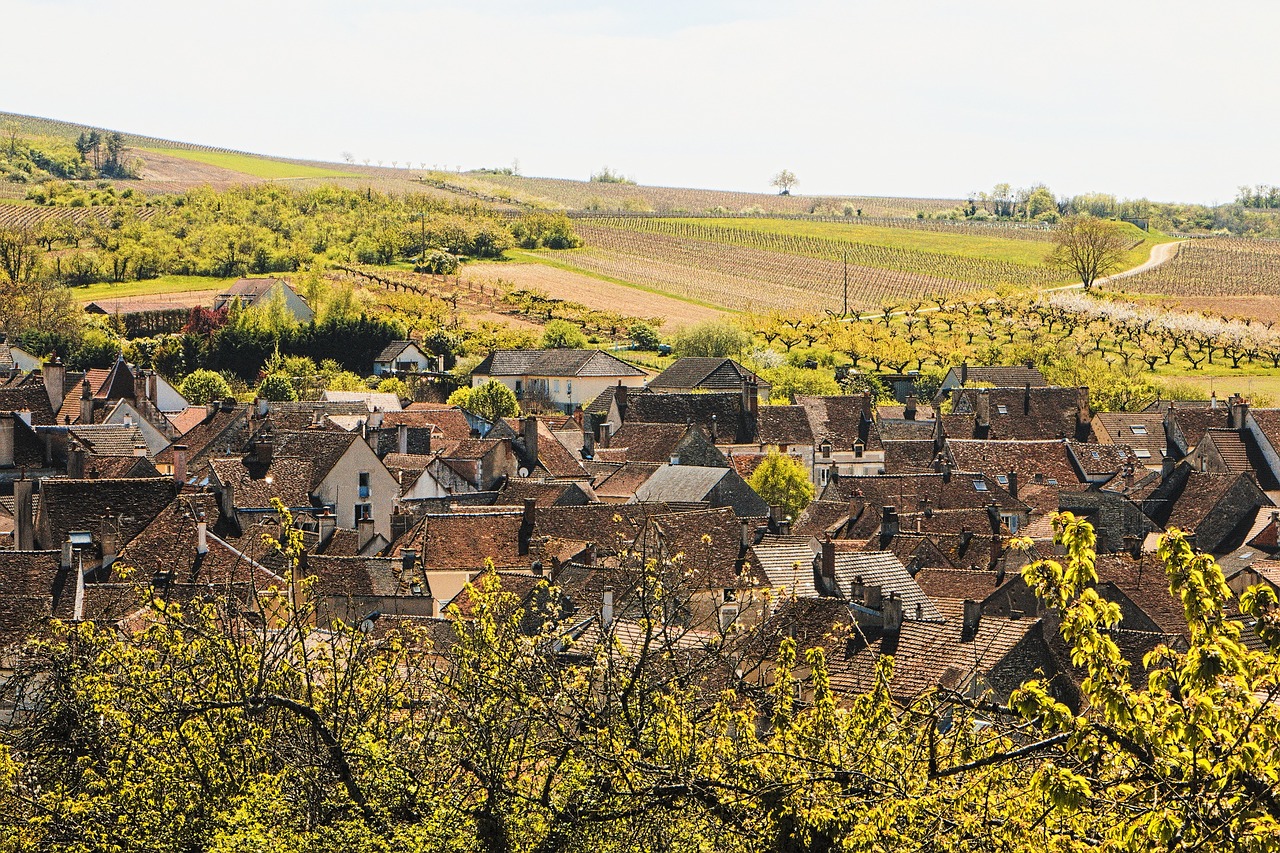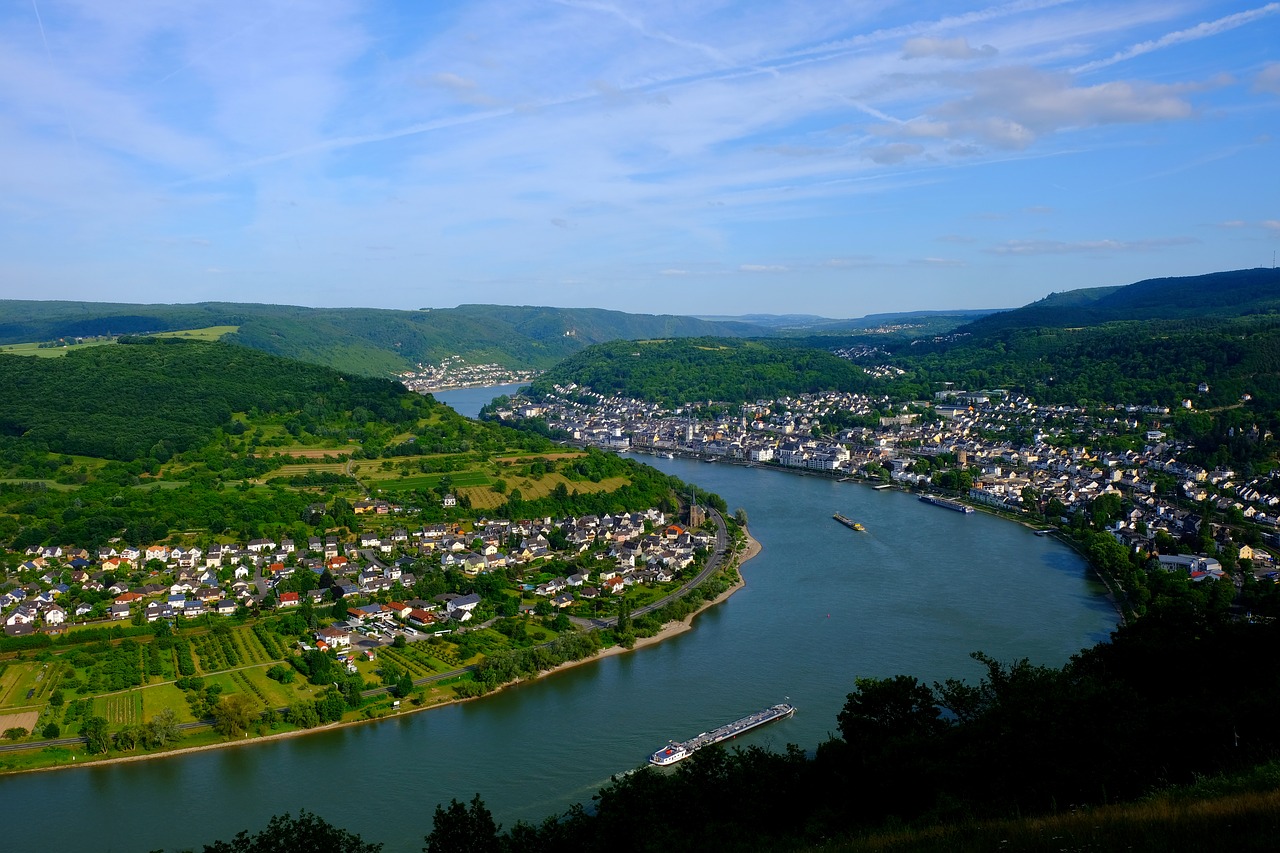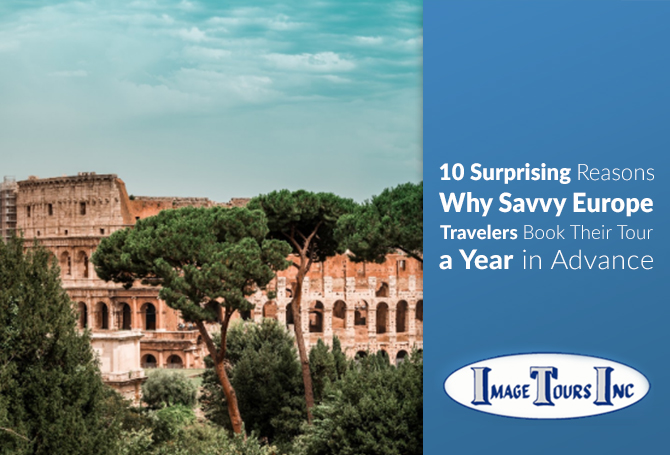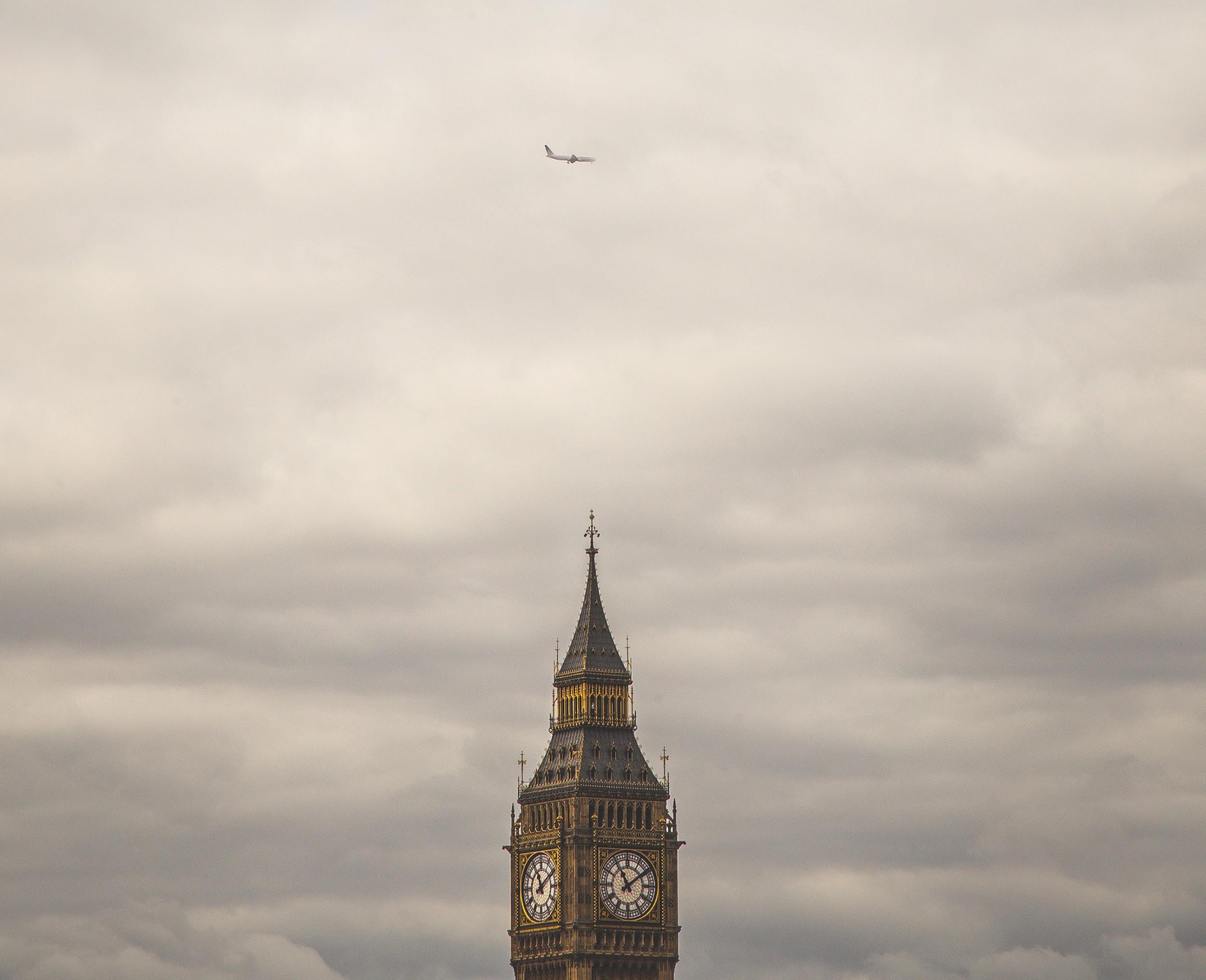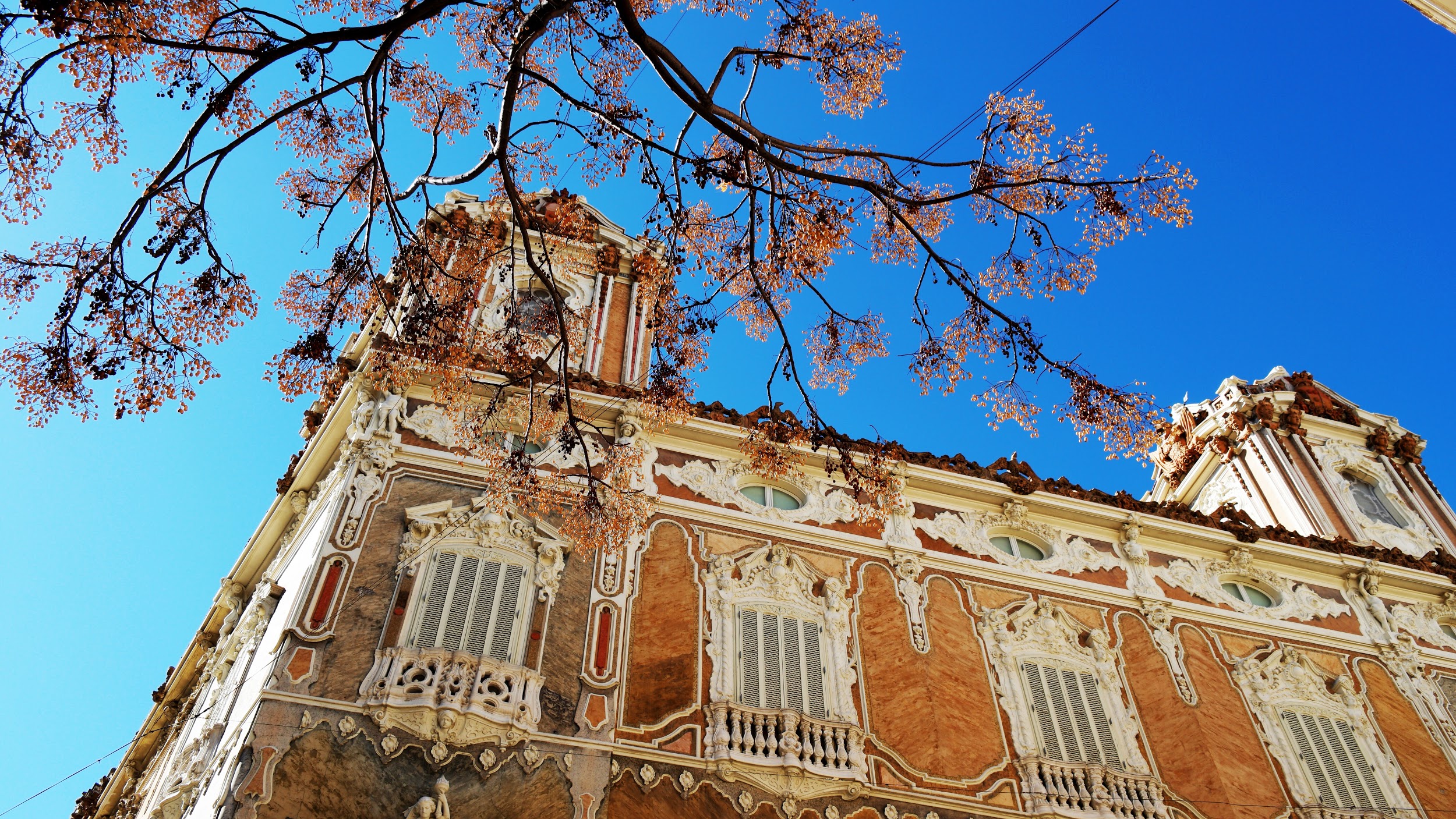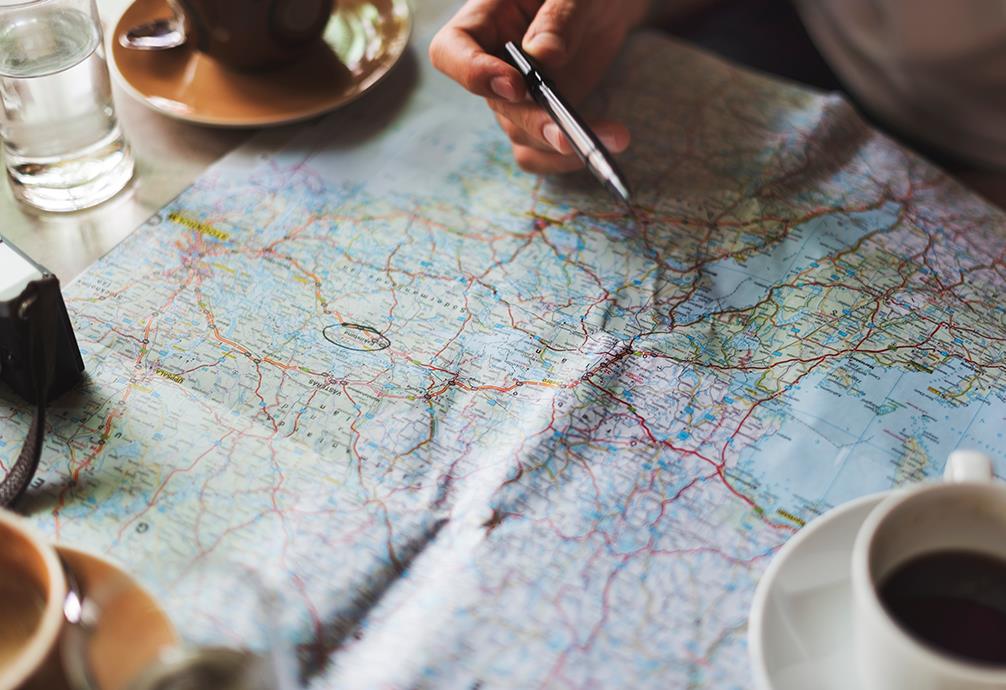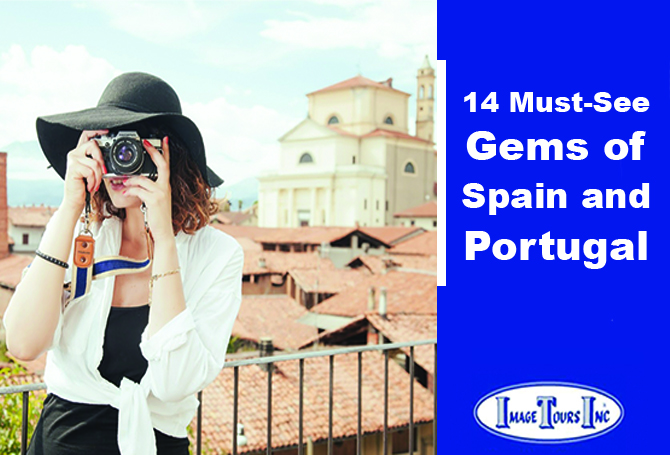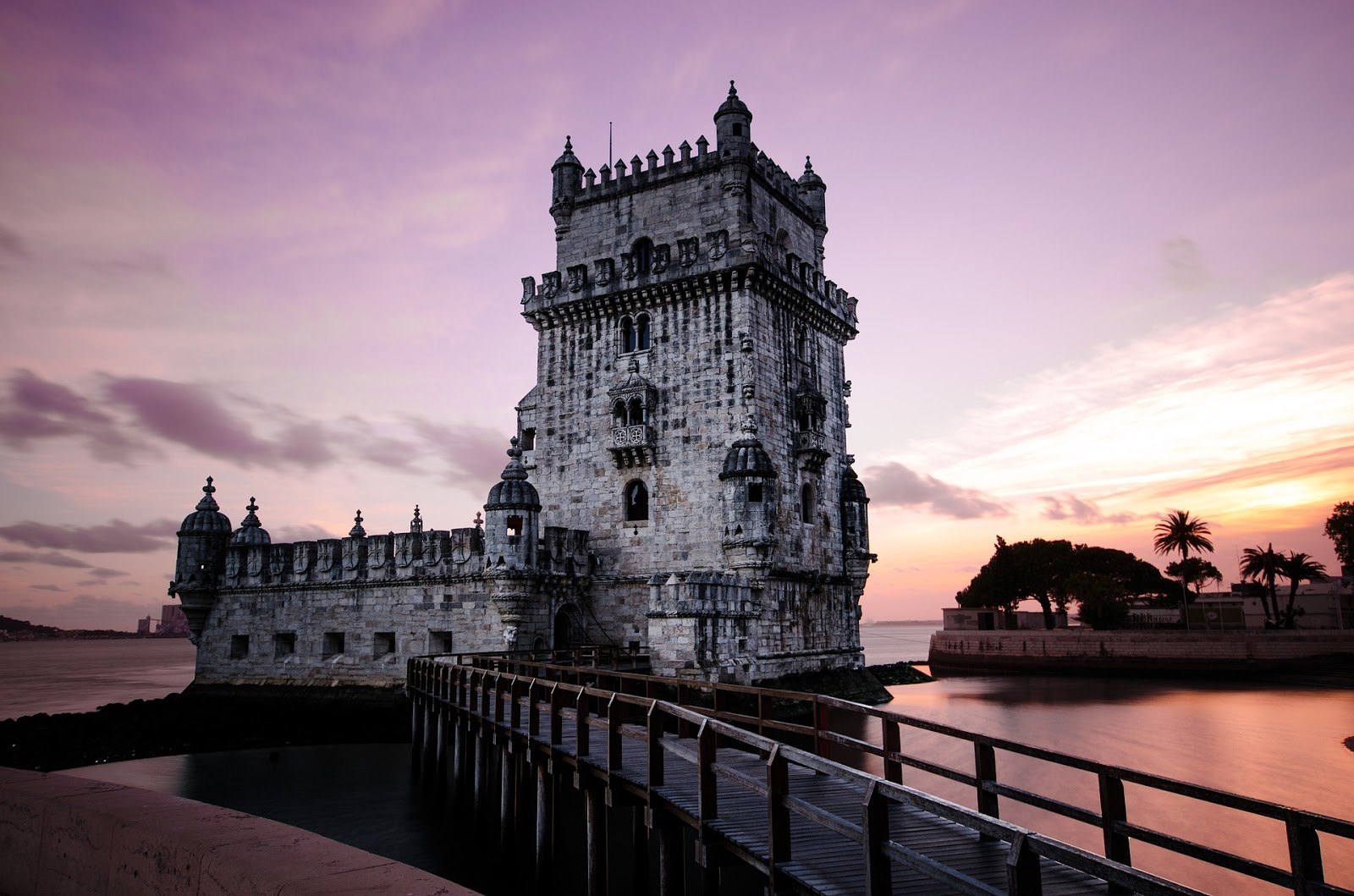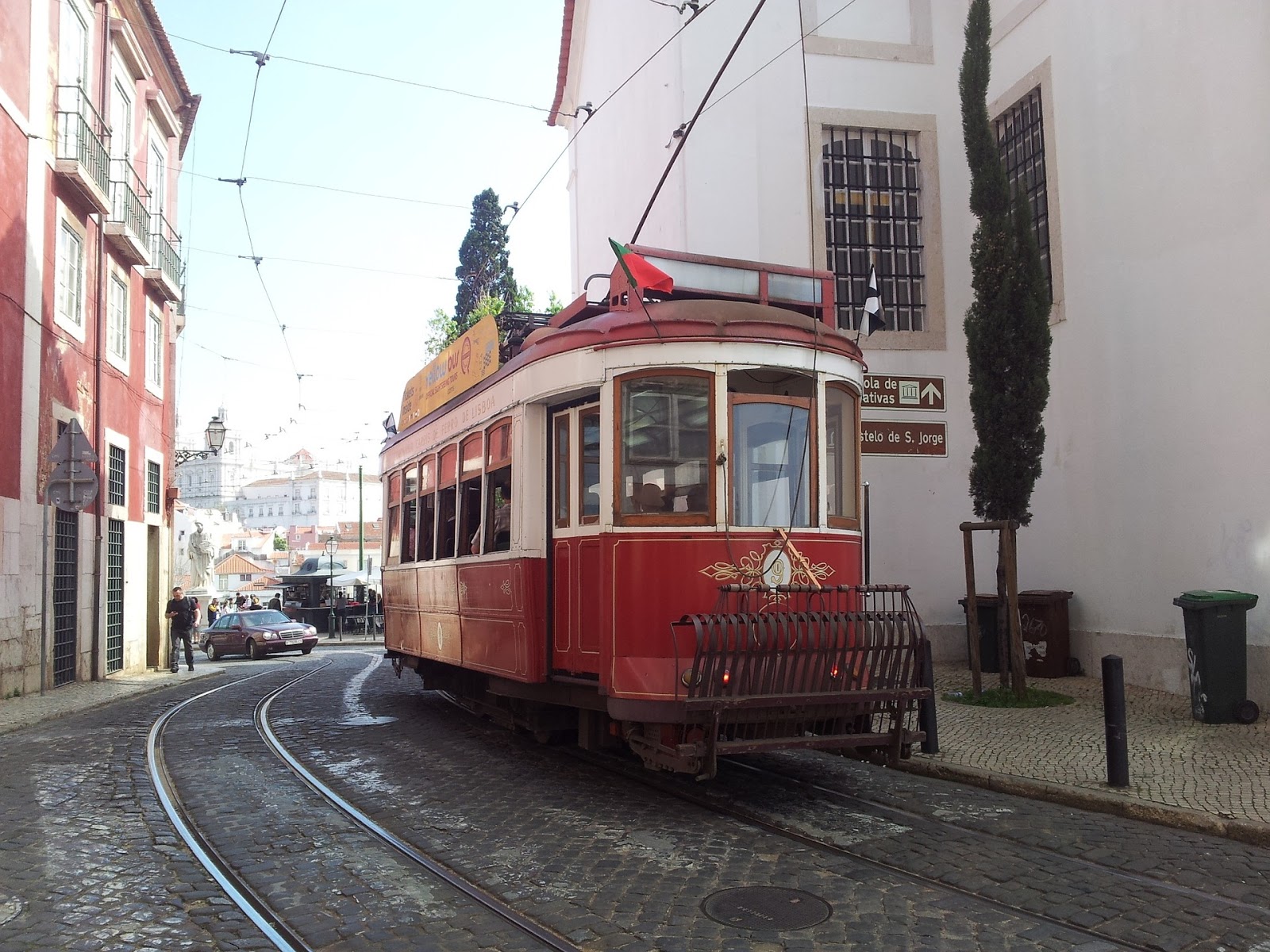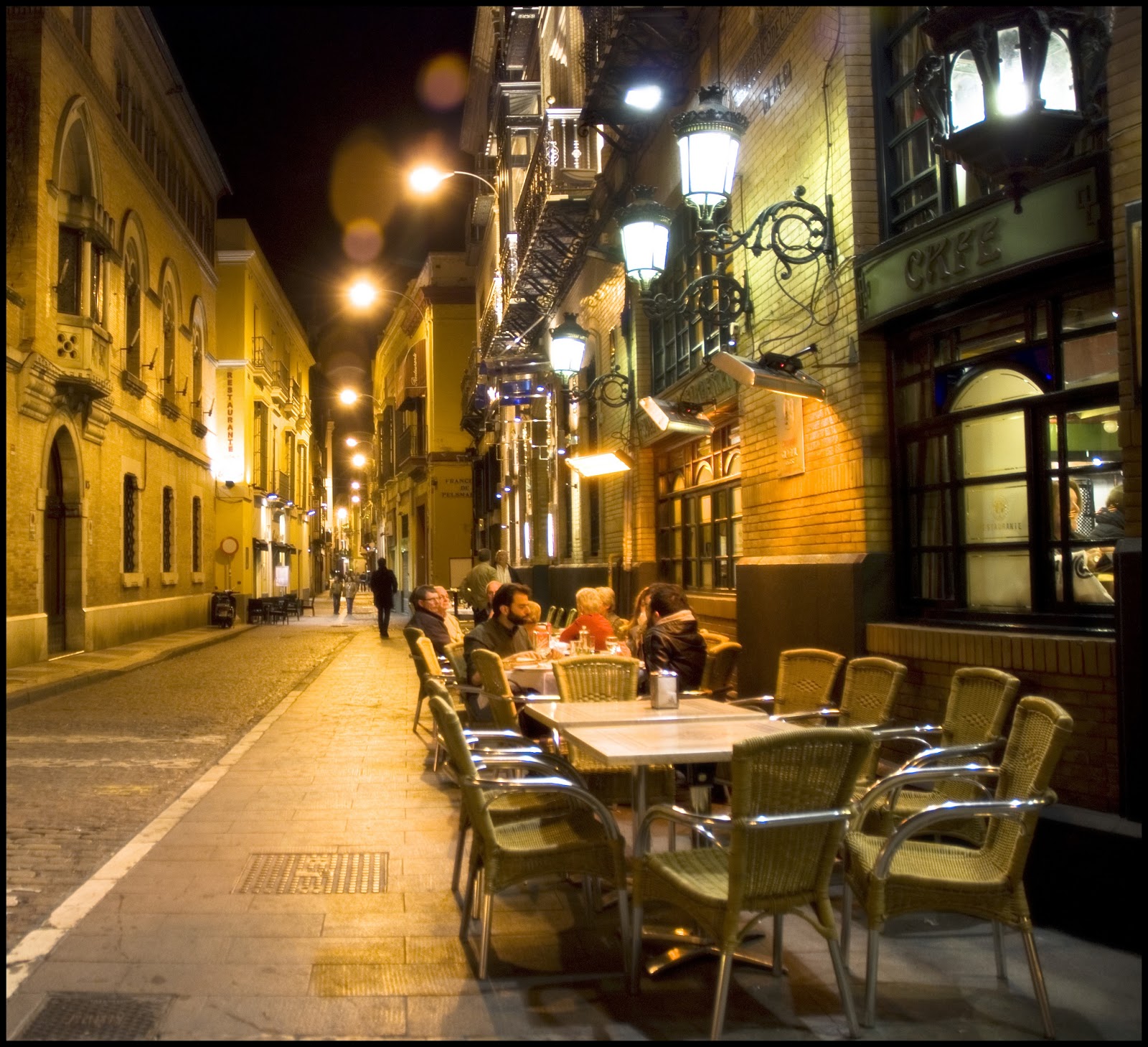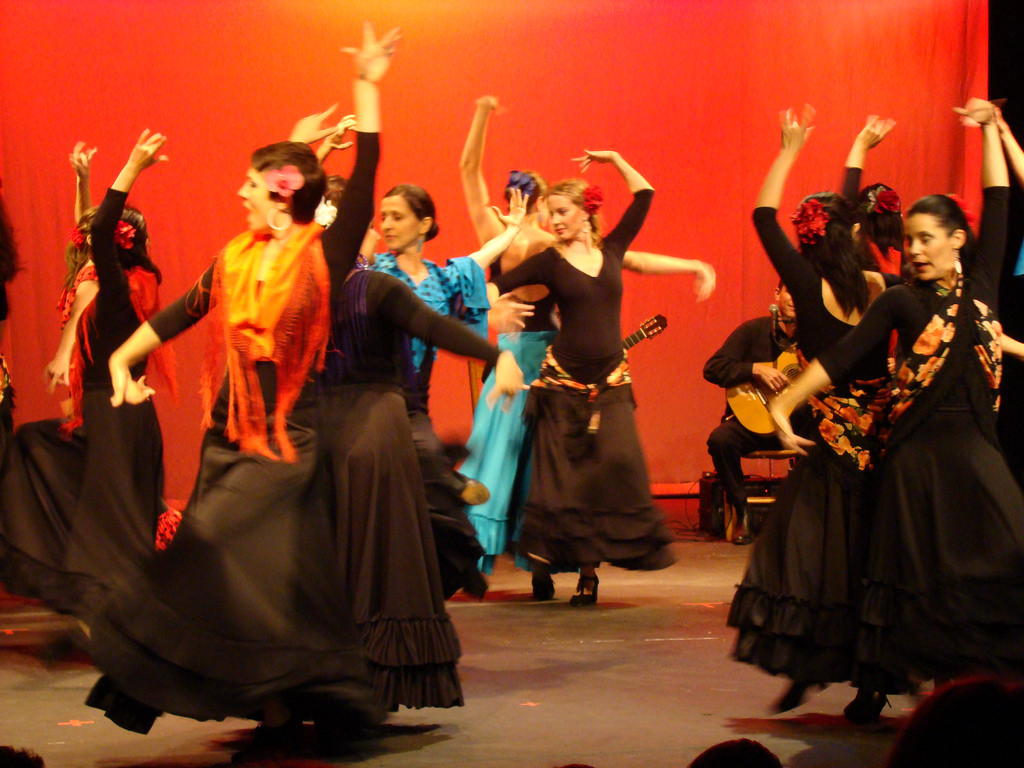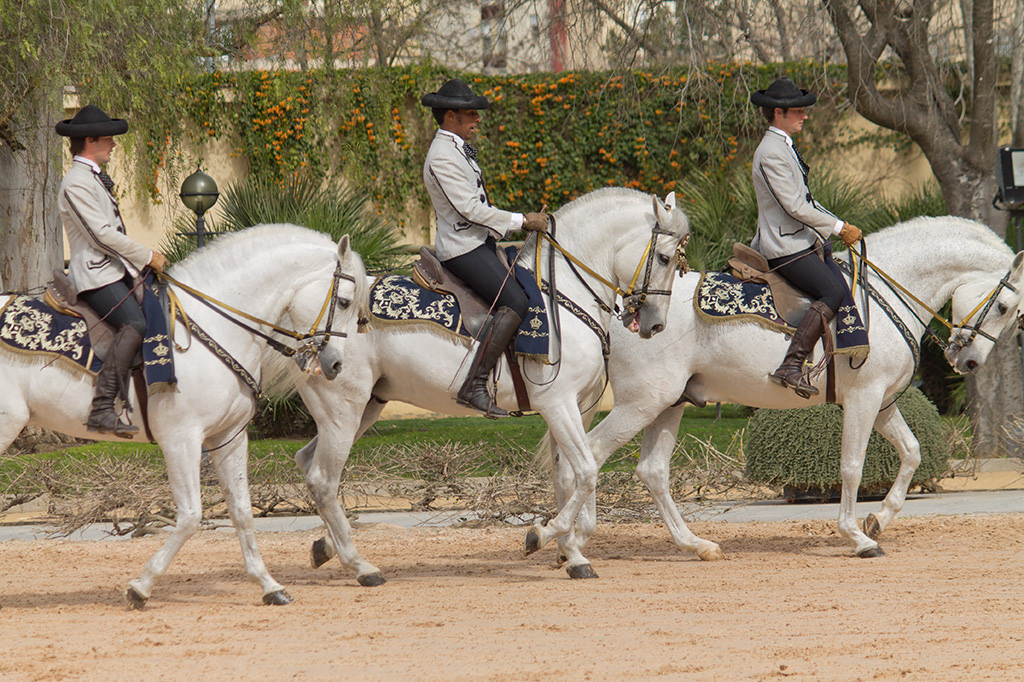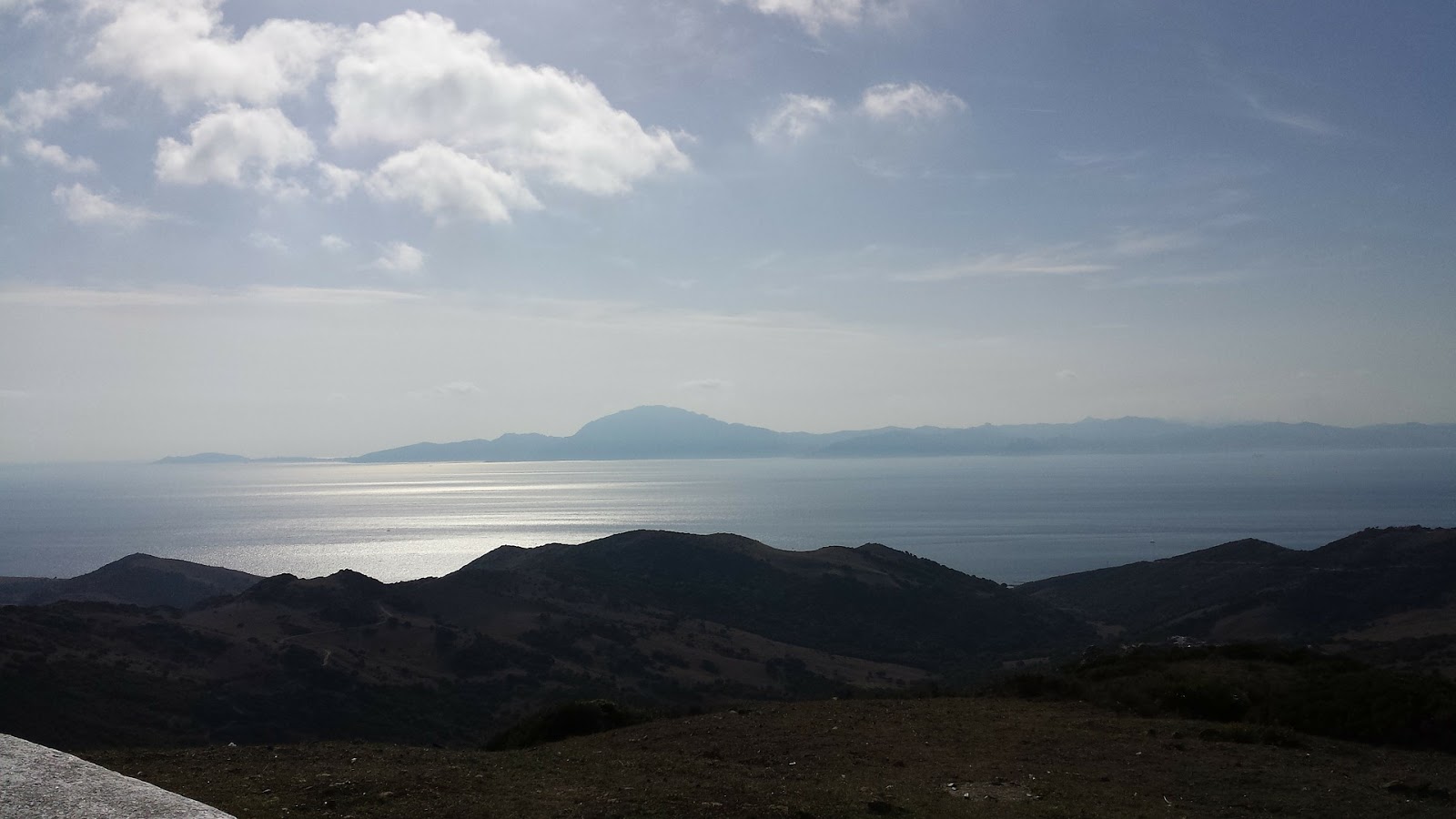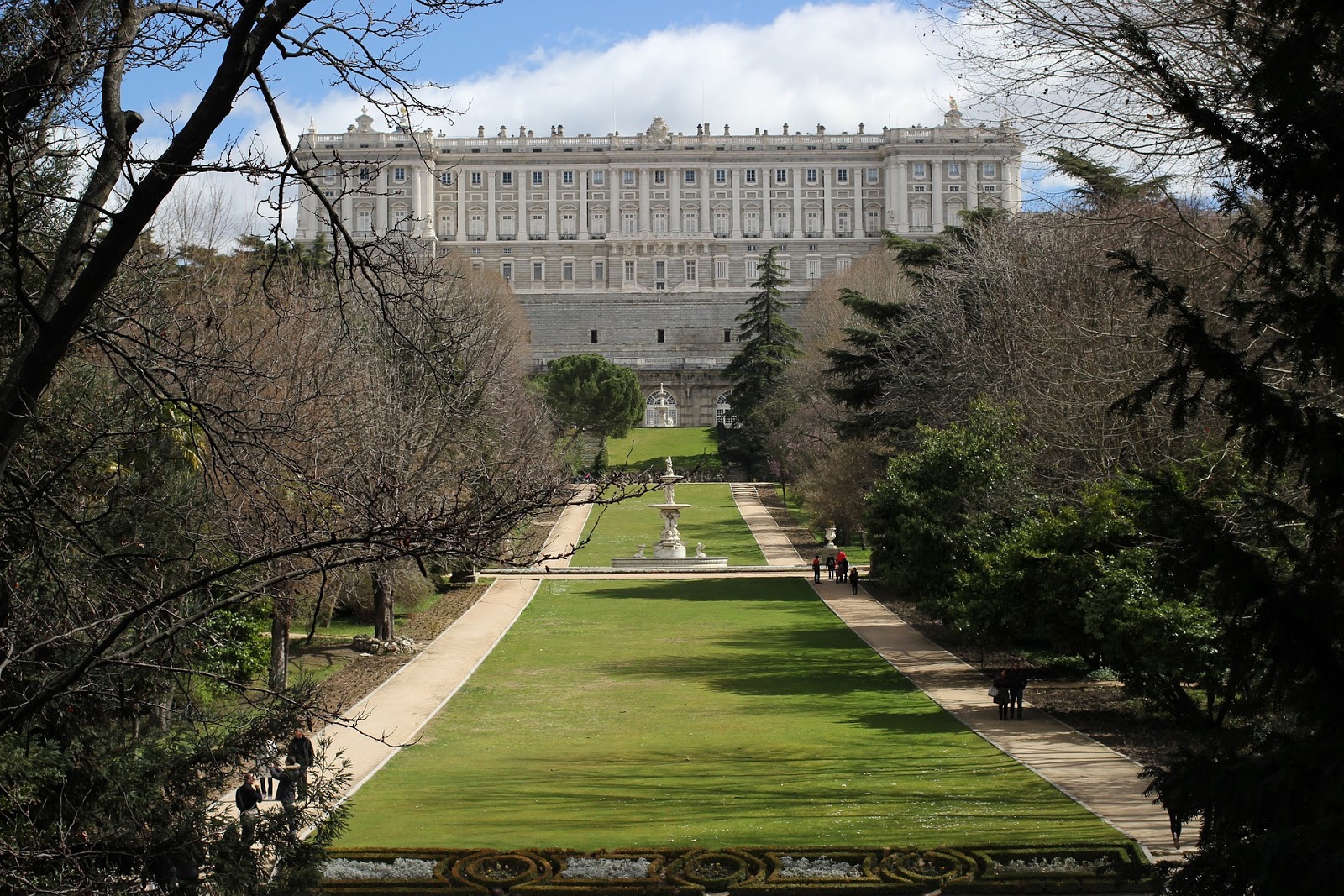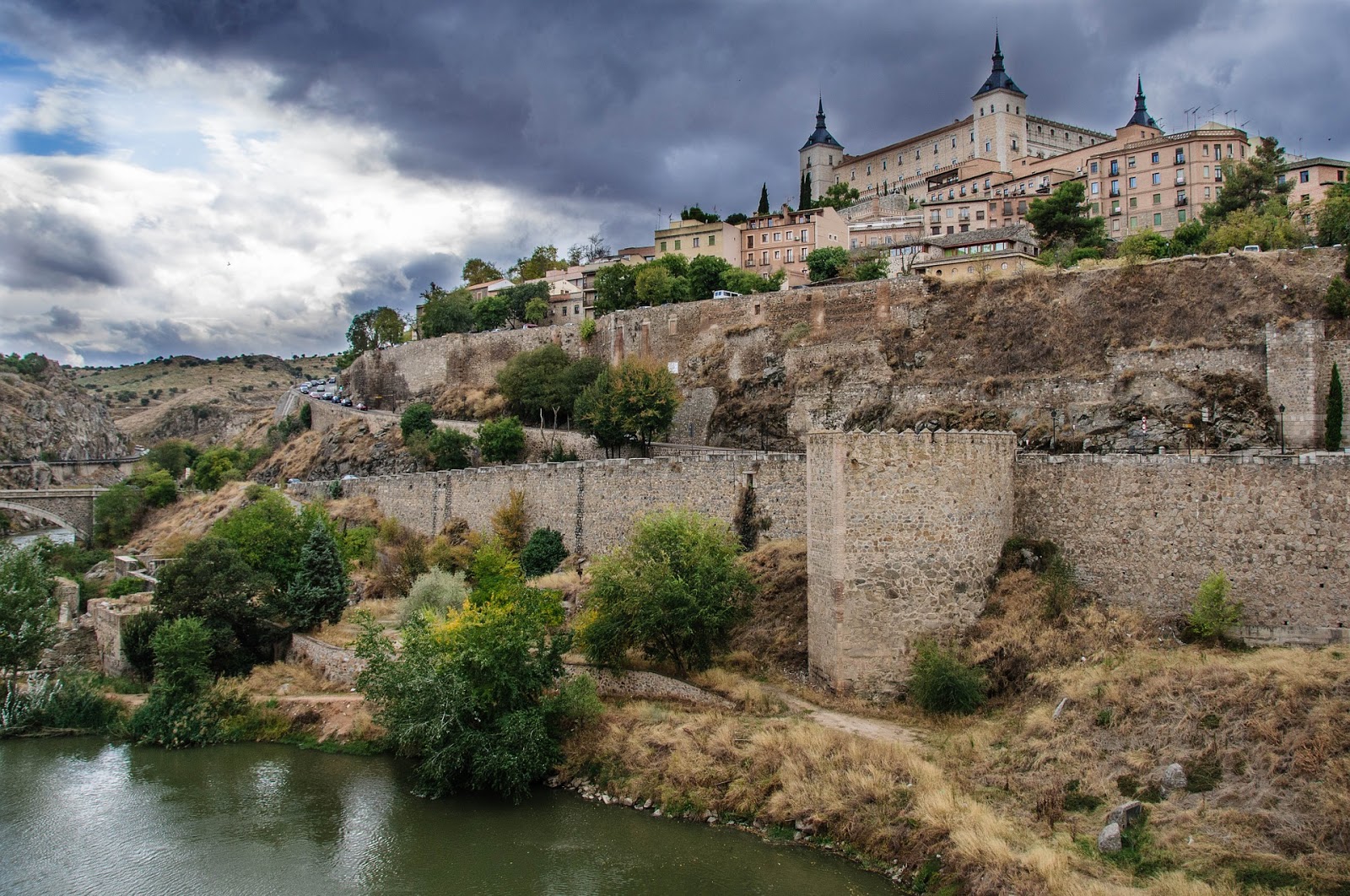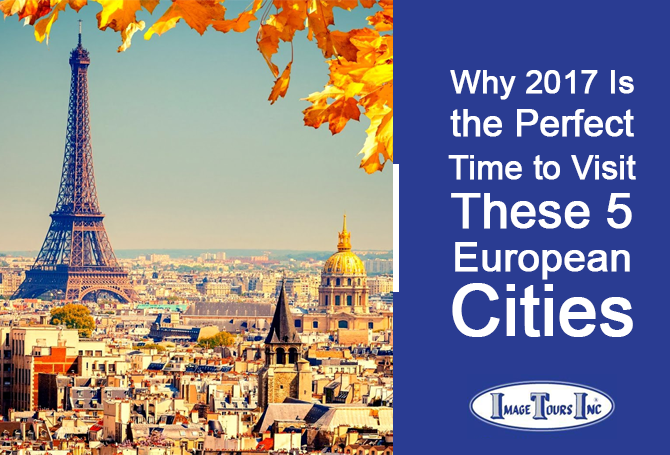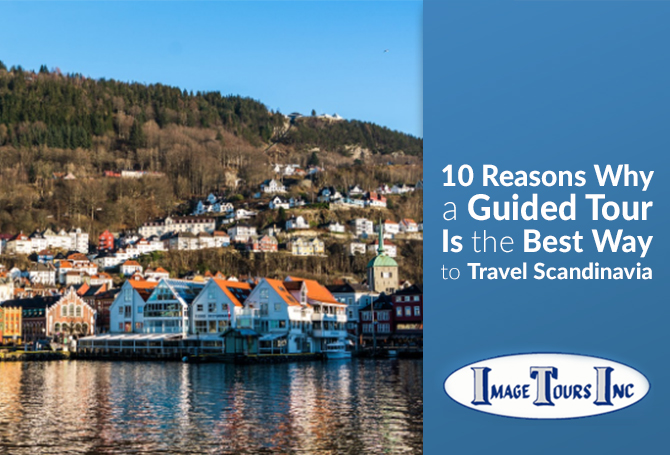
Unless you are a Scandinavia-enthusiast, chances are you probably don’t know a whole lot about the northern European countries that gave us vikings, Thor, and lots of amazing fish dishes. But just because these countries aren’t showcased the same way that the United Kingdom, France, and Germany are doesn’t mean you should write them off.
The Scandinavian countries provide beautiful scenes that look like they are straight out of the movie Frozen (without having to hear that song 1,000 times during your trip!). And using a guided tour to see them is definitely the best way to travel the Nordic countries. In fact, here are 10 reasons why:
1. Researching all of the best places to visit (like Denmark’s Hans Christian Andersen House) takes too much time on your own.

If you’ve never been to Scandinavia, chances are you aren’t too familiar with its history or the best sights to see. An escorted tour ensures you see all of the important monuments, castles, museums, etc., without having to take the time to do the research yourself.
Take the Hans Christian Andersen House in Odense, Denmark, for example. Many of his stories have inspired pop culture hits today such as The Little Mermaid, The Ugly Duckling, and The Snow Queen (read up on them all here). You should definitely visit if you’re traveling through Scandinavia, but without a tour operator, you might not even have known it existed.
Everyone has heard of Stockholm, the capital of Sweden, but have you ever heard of Gamla Stan? Literally meaning “Old Town,” Gamla Stan dates back to the 13th century and is the birthplace of Stockholm. Walking down the ancient cobblestoned streets feels like you’ve been transported back in time. The colorful buildings lining the roads and water add to the quaint and tranquil atmosphere of this medieval town.
While you may have thought to visit Stockholm, you might not have known about the charming suburb of Gamla Stan. Thanks to guided tours, missing out on beautiful and unique destinations is never a problem.
2. Travel through all of the Scandinavian countries and then some.

Imagine planning a trip to a European country. You want to make sure that wherever you go you will see the best of the best, right? Now imagine you are planning on visiting more than just one country. How about more than two? Three?
With a guided tour, not only will you see all the significant spots of Scandinavia, you can also see most of Northern Europe. In fact, it’s entirely possible to see a total of seven countries during your tour of Scandinavia and the Baltics.
Remember that trip you were planning yourself? Do you think you’d be able to cover seven different countries, seeing all that you want to in efficient amount of time? Don’t worry! The expert tour operators will handle all of that for you. All you need to do is pack your bags, hop on a plane, and enjoy Northern Europe!
3. Or if you’re pressed for time, stick solely to Scandinavia.

Life is busy. It’s hard to commit to over a week of travel, let alone two! But life is also short. It’s important to live it to the fullest, which means getting away and embarking on eye-opening adventures. And while seeing the majority of Northern Europe is a possibility, it’s not necessarily for everyone.
Can’t commit to being away for more than two weeks, but still want to see the heart of Northern Europe? By dropping the Baltic countries, you can still see all of the superb sights Scandinavia has to offer in only 12 days. This way, you won’t feel rushed while touring all four countries, but will still be home in less than two weeks.
4. Enjoy authentic, but tasty, meals all throughout your tour.

Let’s be honest—the best part about any vacation is taking a vacation from your healthy diet. You’re splurging on traveling to Europe, why not splurge on your calories for the trip too? And great news for the foodies—most of your meals are included on a guided tour!
Your tour company chooses hotels that serve daily breakfasts, usually buffet style (foodies rejoice!), that include a selection of breads, fruits, cold cuts, cereals, and more. Lunch is usually on your own, which is a fantastic time to explore the local cuisine for a smaller price than a dinner.
Speaking of dinner, while most are included with your tour, there are optional dinner excursions you can easily add on that also enhance the cultural experience. There could be no better way to immerse yourself in the Scandinavian experience than with a Viking Dinner. Enjoy an authentic, multi-course feast from the Iron Age, when Vikings ruled the seas. Food is prepared with spices that would have been brought to the Nordic countries during that time period, and each diner gets a glass of mead with their meal.
5. Nordic country-hopping is no problem when you’re on a guided tour!
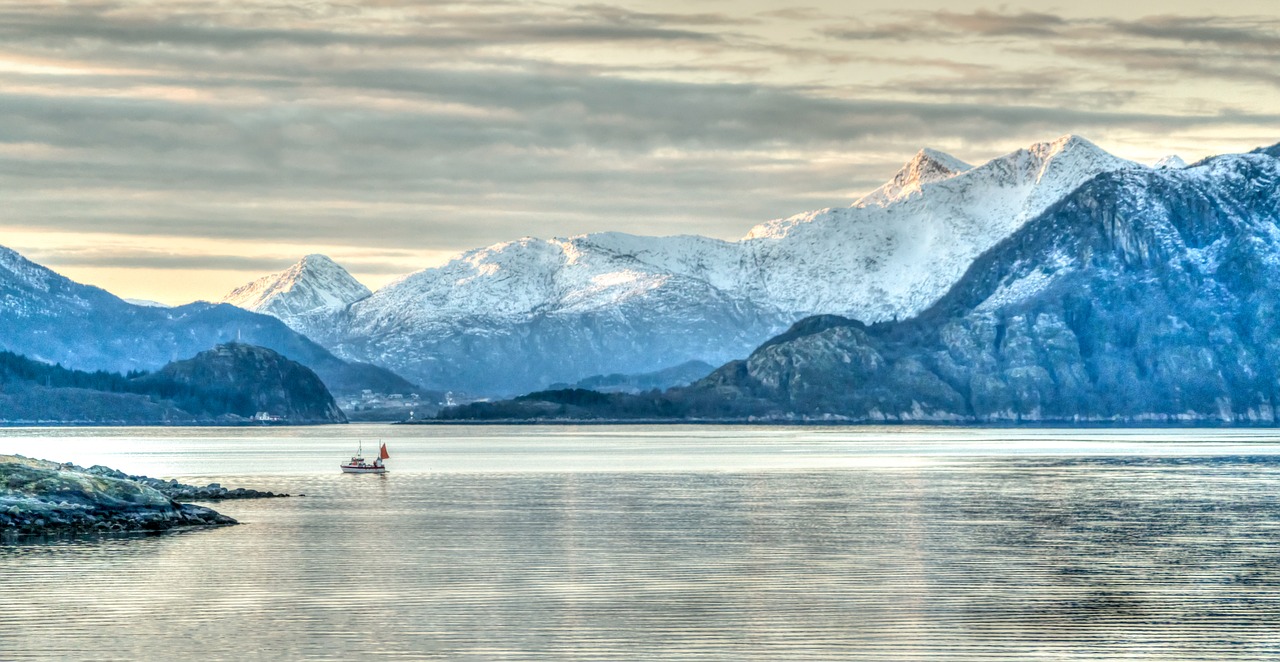
Crossing the North Sea might seem daunting if you’ve never been before—should you fly across or take a boat? If a boat, what ferry system should you use?
Plus English is not the native language of any of the countries you will be visiting, and while it is commonly spoken globally, is it really worth the risk to find a cabbie who has no idea where you want to go?
Let your tour service take care of all of your transportation needs (including airport transfers)! That way, you know you are using a safe and reliable service while abroad to travel through Scandinavia and the Baltics.
6. Don’t let the different languages hold you back from the beauty of Scandinavia and the Baltics!

There’s a great possibility that if you travel Scandinavia on your own, you could find yourself in a restaurant where all you hear is this. While we all love the Swedish Chef, it might make for a better dining experience if you know exactly what it is you are ordering.
If traveling with a tour company, however, your tour operator will have planned to visit destinations with English-speakers, but if a situation arises where the local language is needed, your tour operator will help navigate any language barriers. It would be a shame to miss out on something spectacular simply because neither you nor anyone you are traveling knows the Nordic languages.
7. If you are spending a lot of time and money on a trip, shouldn’t you let the professionals help?

Let’s face it—traveling to Europe isn’t the same as a domestic trip. You are spending a lot of time and money on your tour of Scandinavia, so shouldn’t you invest wisely and hire the professionals?
Using a guided tour gives you the best value for your time abroad. Tour guides are professionals; they do this for a living. They will ensure you have the trip of a lifetime! How so? Your tour operator will know the history of a particular area, the best places to visit, and how to efficiently navigate the countries.
Don’t risk it—book a guided tour and protect your memories of a truly once-in-a-lifetime trip.
8. Feel safe traveling through Northern Europe in a group setting.

That age-old adage, “safety in numbers,” has stuck around for a reason. Pickpockets, thieves, and others of the like are more inclined to prey on the lone traveler or those traveling in pairs. With a group, there’s a greater chance of the perpetrator being caught or seen before they can even act.
The other good news? With a tour operator, there’s less of a chance that you’ll even be in an area where these sorts of crimes occur. Your tour company will choose reputable hotels in safe areas. If you were to book a hotel on your own, could you truly know that it was the “best” place to stay without ever having been there?
9. Ensure access to historical Scandinavian sites and monuments.

What could be worse than reaching the museum or monument you’ve most wanted to see and finding out they are about to close or they are too full to allow you in?
Tour groups reserve their spots way in advance to ensure admission to popular attractions—and they dedicate enough time in the schedule for travelers to fully appreciate them. Your tour operator may even be able to get you into these places before or after regular visiting hours for a private viewing! Wouldn’t that be amazing for the fascinating Viking Museum on the Bygdoy Peninsula of Oslo or the marvelous Skansen Open Air Museum in Stockholm!
10. Need any help at all? You’ve got it!

Even the most prepared traveler can’t keep errant baggageman from losing their luggage. Should that catastrophe (because let’s face it, lost luggage is a catastrophe) happen to you on a guided tour, you are not alone.
Tour companies give you comfort because you know that if anything goes wrong, you’ve got someone on your side working to fix it. They are full of helpful travel tips and recommended travel insurance coverage for those just-in-case moments. For any need (lost luggage, forgotten toiletry, etc.), simply reach out to your tour operator and they will assist you in making things right! Traveling on your own means having to solve these problems—alone. Wouldn’t it be better to have someone in your corner?
Redo att gå? (That’s “Ready to go?” in Swedish!)
If you are ready to broaden your horizons and travel the Nordic and Baltic countries of Europe, be sure to click here to get in touch with us today.

